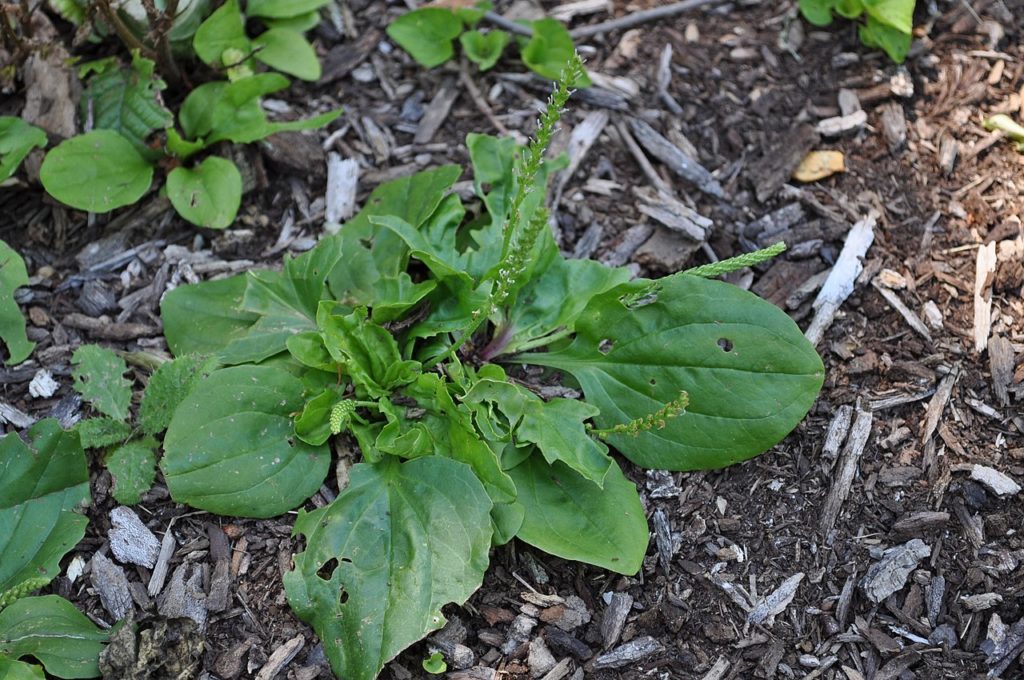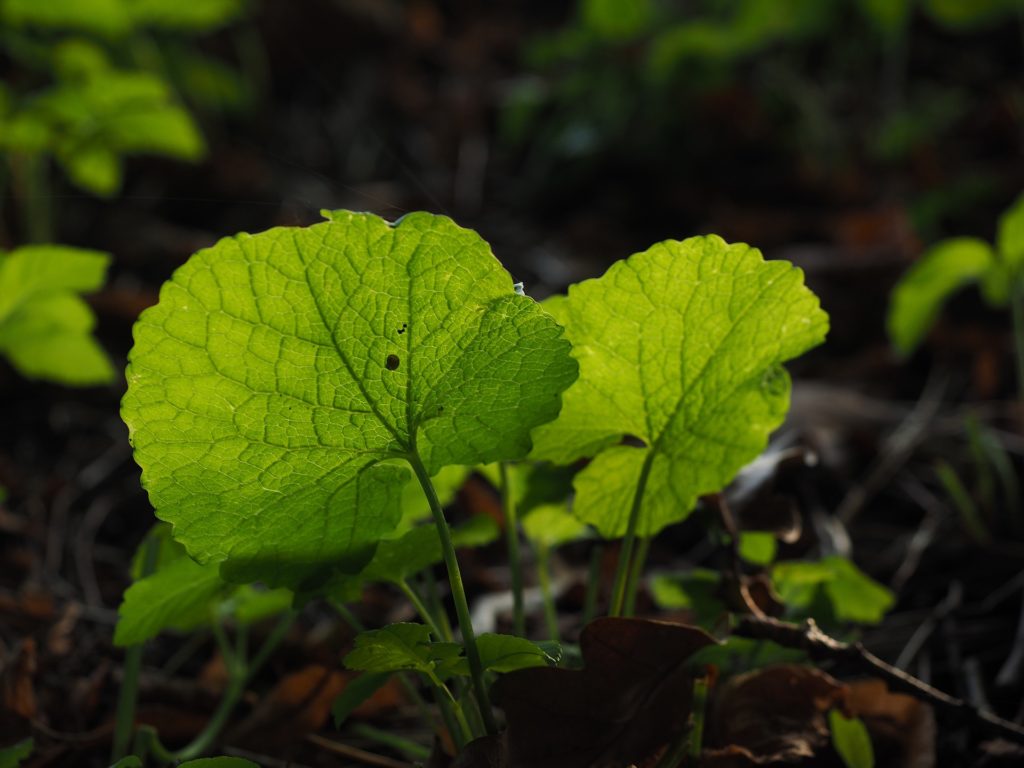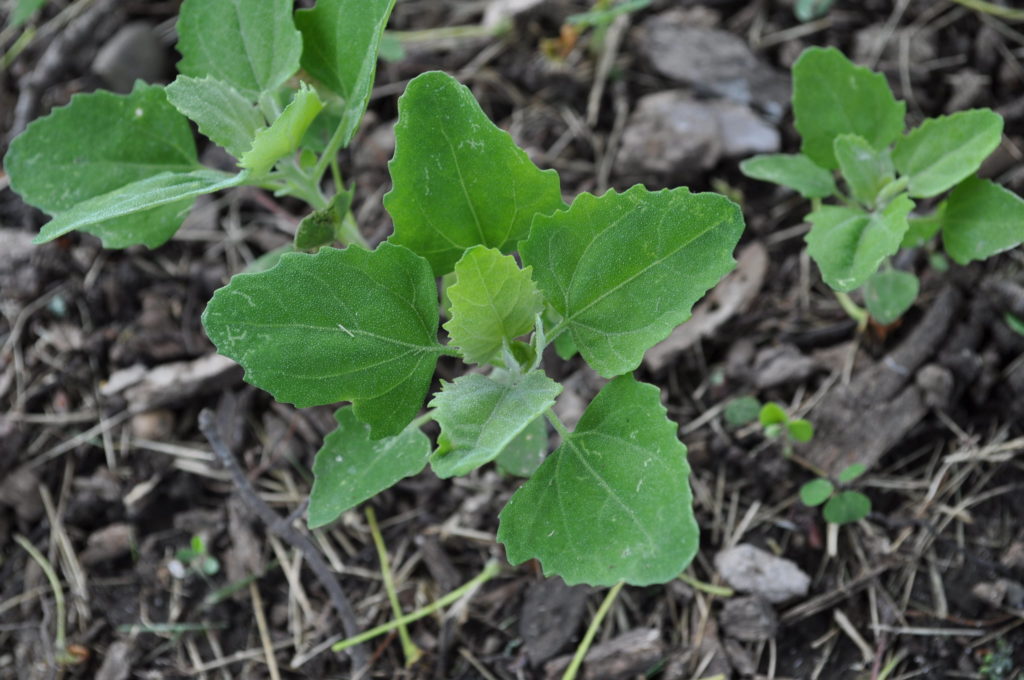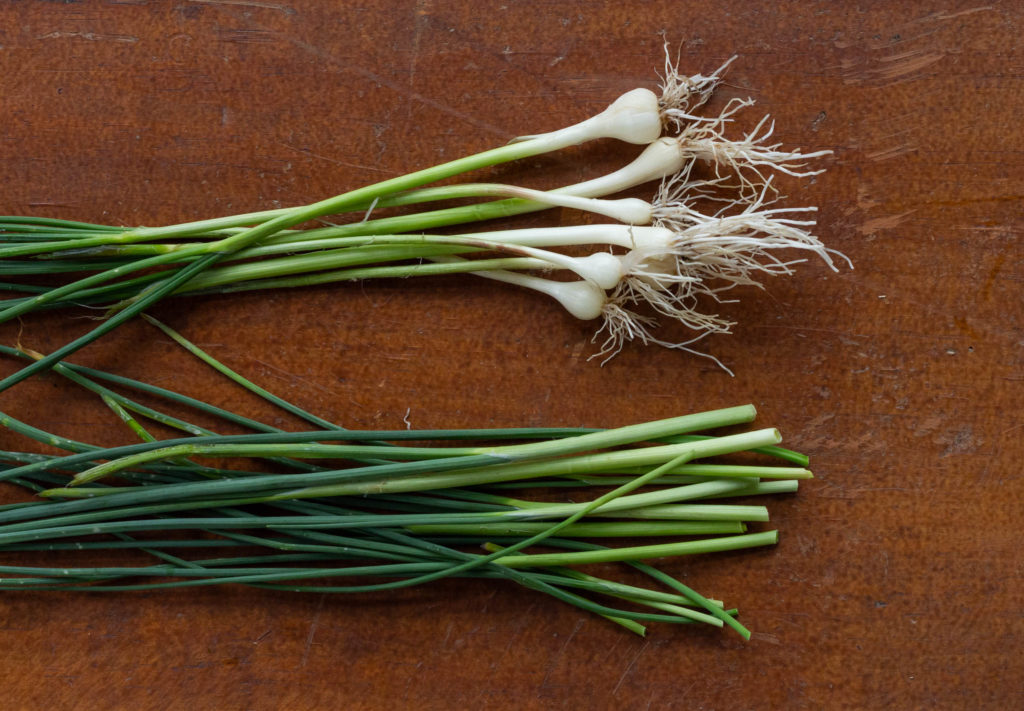Winter Foraging 101: Foraging Wild Greens
Wild greens can be one of the most satisfying things to forage in the winter. Their textures and flavors really liven up a salad and they are quite healthy, often containing hard-to-find vitamins and micronutrients that can’t be found in store-bought items. Many of the plants commonly called “weeds” here in the U.S. are actually the descendants of treasured Old-World vegetables and pot-herbs that had sustained countless generations in their native lands. Often they were accidentally or intentionally introduced as settlers came to North America and provided a treasured taste of home and food security in the new land. Instead of overlooking the humble “weeds” that surround us, consider them a special treat from long ago, and an heirloom from the past. Many weedy greens have a different flavor in winter months than they do in summer as a result of the different growing conditions and being in a different part of the plant’s growth cycle– in some species the flavors are a bit more pronounced, other times they are milder– so don’t hesitate to give any of these plants a second try even if they failed to impress you before!
Be Prepared for your Winter Foraging Expedition
Unlike many foraged treats, the challenge isn’t usually finding the weedy greens themselves, but finding a location to harvest them where they haven’t been exposed to environmental contaminants or herbicides, pesticides, and vehicle emissions, so keep that in mind when foraging them. Often you will find these plants in transition areas like the edges of forests.
A wide shallow basket works well for collecting greens, to keep them from being bruised— take several large napkins or plastic bags to keep them separated. An old pair of kitchen shears works great to cut the leaves you gather, and be especially careful to keep dirt out of your gathering basket– you might not notice a few pebbles of frozen dirt at first, but unless you’re looking for a mud marinade to your salad, it’s worth the effort to clean every single thing you harvest before it goes into the basket.
What Wild Greens to Forage in the Winter
You might not have to go any farther than your own yard or a friend’s property to forage up a healthy winter salad or to get some pot herbs for your dinner! The smaller leaves of Dandelion (Taraxacum) and Violet (Viola sp.) are great raw or cooked, and you might even luck into some of their blossoms in a sheltered area or during a thaw to enjoy eating as well! Plantain (Plantago sp.) is another plant that can be enjoyed raw or cooked as you would spinach. Plantain is best chopped perpendicular to the heavy veins that run through the leaves so it doesn’t get stringy.

Creeping Woodsorell and Wild Garlic Mustard
Creeping Woodsorrel (Oxalis corniculata) and Garlic Mustard (Alliaria petiolata) are both widespread and have unique flavors, but a little can go a long way in some recipes– you wouldn’t want to use them exclusively for a salad, but they make for some amazing flavor pairings and garnishes. Wood Sorrel tastes almost lemony– it makes an amazing garnish and once you’ve tried a few sprigs on a cold turkey sandwich, or chopped up in a tuna salad, you will be foraging it year round! Garlic Mustard tastes a bit like its name and it makes a unique pesto, cooked green, or soup. It’s invasive– actively overtaking woodlands, so eat all you can! Wood sorrel shouldn’t be consumed raw in large quantities due to the oxalic acid present in it, but heat destroys the acid so cooking it mitigates that concern.

Is Purslane an invasive species?
Purslane (Portulaca oleracea) is another invasive weed that can be found all over the country that is good to eat raw or cooked. Its succulent leaves mean that it’s more likely to be on the winter menu in warmer and more arid parts of the country during the coldest months, but keep an eye out for this hardy delectable in sheltered places.

What can you use Chickweed for?
Chickweed (Stellaria media) is a real star of the winter greens– it is mild enough to enjoy an entire salad of it on its own, and it really seems to thrive in the winter, with more tender leaves and shorter, less stringy stems than in the summer.

Foraging Wild Lambsquarters in Winter
Lambsquarters (Chenopodium album) is another plant that varies a lot with season and growing zone. Foragers in some areas may still have access to fresh young leaves, while in areas with shorter seasons it will have long since bolted, gone to seed, and been killed by the frost. However, quite a few of the numerous tiny black seeds it produces can still be gathered and separated from the fluffy chaff and processed much as you would amaranth or quinoa seed.

Curly Dock can be used as a baking flour
Another common weedy plant, Curly Dock (Rumex crispus), makes an even easier foraged “flour” to incorporate in your baking– simply gather and coarsely grind the conspicuous golden brown seeds that punctuate the winter landscape– you don’t even have to roast them, although a nuttier flavor can be obtained if you do roast them gently under low heat before separating the seed husks by blowing them away from the heavier seed before you coarsely grind it. Dock seed roasted like this is amazing sprinkled atop a loaf of crusty homemade whole-grain bread or rolls!


Where To Forage Watercress in the Winter
Another winter green that definitely deserves a mention, though you won’t find it in your lawn, is Watercress (Nasturtium officinale). Watercress can sometimes be foraged from the frigid waters of springs and other bodies of water that don’t freeze in the deepest of cold snaps. It can be a stunning and easy-to-notice bit of dark green in an otherwise stark winter landscape. Be especially cautious about the cleanliness of the waters you gather watercress from, clean it very carefully and be aware of the different shapes of leaves it has in different seasons if you want to forage it from the wild.

If you are located west of the Rocky Mountains, wild Miner’s Lettuce (Claytonia perfoliata) is common in many areas, while escaped populations may be found scattered in the east.

How to Find Wild Onions
One of the most common wild edibles in the southeast, and in much of the US, is the Wild Onion (Allium sp). Very pungent, Wild Onions are relatively easy to identify and distinguish and they are relatively safe to forage due to this defining feature. You can either harvest the bulbs or cut the stem for a more sustainable harvest using only the green portions.
